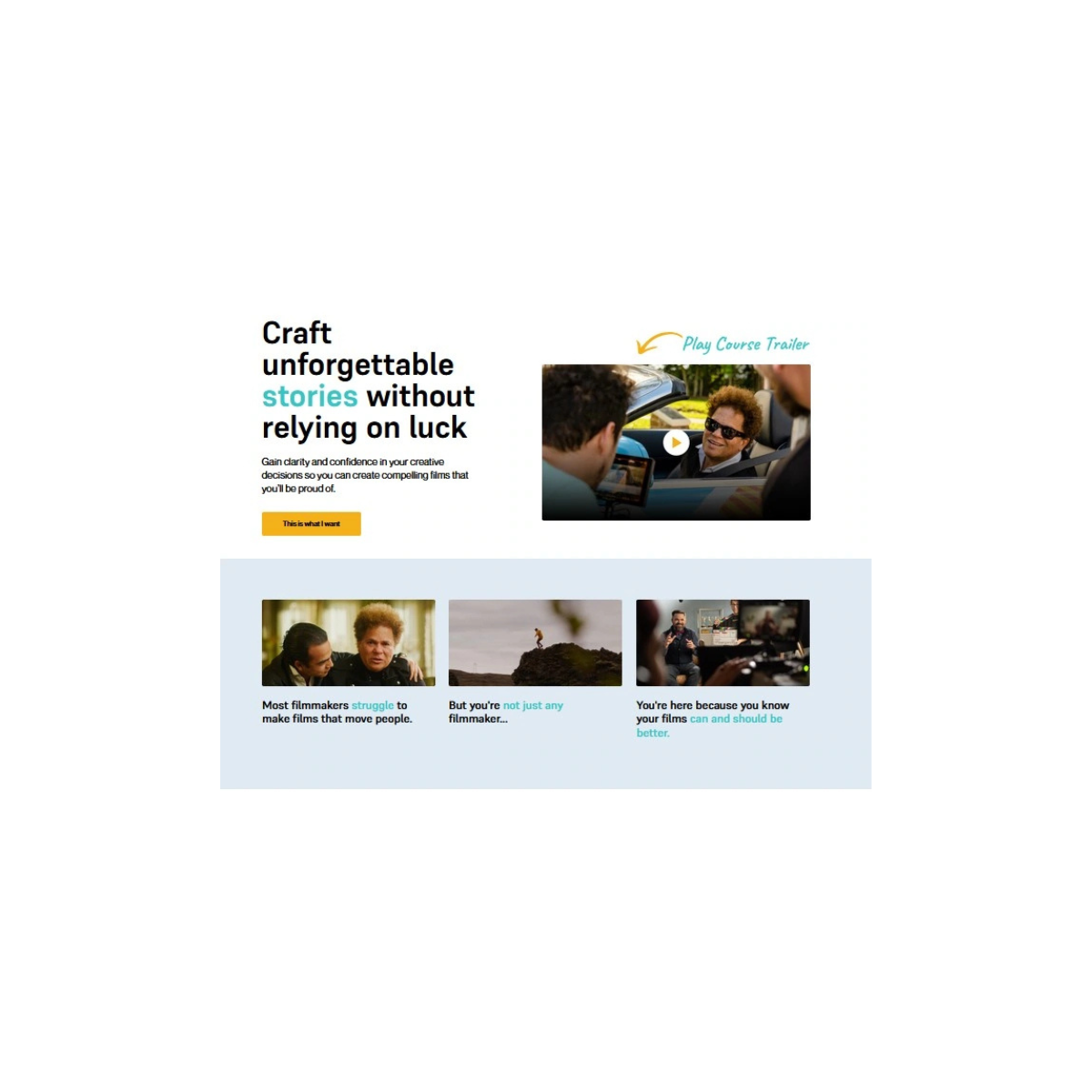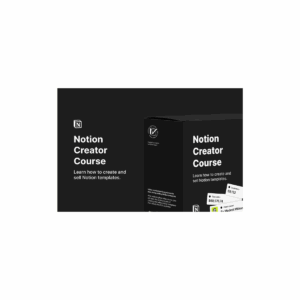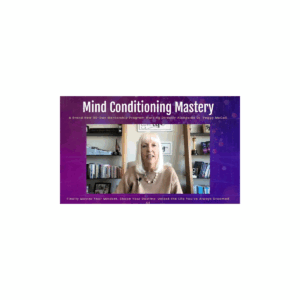Muse Storyfirst – The Science of Storytelling
Muse Storyfirst – The Science of Storytelling course is now available at an affordable price. You can check out directly using multiple payment gateway options. If you have any questions or need an alternative payment method, feel free to contact us.
Muse Storyfirst: Unlocking the Power of Storytelling Science
Overview
The ability to create an engaging tale is more important than ever in an information-rich society. Stories are a common language that can be used by anyone, whether they are marketers, entrepreneurs, or just someone seeking to connect with others more deeply. It draws viewers into a story that speaks to their feelings and life experiences. Here comes Muse Storyfirst: The Science of Storytelling, a website that explores the science of storytelling in addition to teaching the craft. This blog article will examine how the concepts of storytelling can change the way you communicate, resulting in more meaningful relationships and productive interaction.
Proofs

The Essentials of Narrative
What Qualifies as an Engaging Story?
Fundamentally, a compelling story stirs feelings and beckons the viewer to become engrossed in a narrative adventure. When compared to non-narrative content, narratives can improve information retention by as much as 68%, per a study published in the Journal of Marketing Research. That’s a significant increase! But what qualities make a story compelling?
Relatable Characters: Characters that viewers can identify with are a hallmark of all excellent stories. By acting as stand-ins for the audience, these people increase the impact of the story.
Tension is necessary for a story to have conflict and resolution. The audience is drawn in and guided toward resolution by the dynamic created by the conflict. Our brains are programmed to react to conflict, which is where the science of human emotion comes into play.
A Clear framework: The audience is guided through the plot by the traditional three-act framework (setup, confrontation, resolution), which keeps them interested and creates suspense.
Emotions’ Function in Storytelling
Stories are made unforgettable in large part by emotions. According to neuroscience research, the “bonding hormone,” oxytocin, is released by our brains when we hear a narrative. This emotional reaction improves memory retention in addition to fostering trust. The Muse The Science of Storytelling places a strong emphasis on using this emotion-driven technique to craft compelling and enduring narratives.
How to Write Your Story: A Comprehensive Guide
Step 1: Clearly State Your Point
Clarifying the main idea of your story is essential before you start writing it. Consider this: After reading this story, what do I want the audience to feel, think, or do? This is the lighthouse that guides your story.
Step 2: Recognize Your Viewers
Knowing who your audience is is essential. Are they young adults, educators, or business professionals? 70% of consumers would rather learn about a brand through content than advertisements, per a HubSpot study. Engagement is increased when you craft your content and narrative structure to appeal to your audience.
Step 3: Develop an Alluring Hook
The viewer should be drawn in by your story’s first phrases. The audience should be captivated by this “hook” and desire to learn more.
Step 4: Strengthen the Disagreement
The core of storytelling is conflict. Be certain that the stakes are high. Stories with obstacles can increase connection and loyalty by over 45%, per a Nielsen survey.
Step 5: Provide an Acceptable Solution
Once the tension has been created, find a satisfying solution to end it. Give your audience a clear lesson or takeaway that relates to your main point.
Step 6: Test and refine
The process of telling a story is iterative. Tell your tale, get input, and make it better. This enhances the narrative itself and creates the foundation for increased audience involvement and connection.
The Science of Narrative
The Story’s Psychology
Many parts of our brains light up when we hear stories, including those related to emotional processing and spatial reasoning. According to an intriguing Stanford University study, stories have the power to change how we perceive the world and increase our likelihood of believing what we are told. This realization can assist you as a storyteller mold your tales, use psychology to make sure they have a deeper impact.
The Data Is Truthful
The effectiveness of storytelling is demonstrated by statistics. Seventy percent of consumers favor brands that use narrative to engage them, per a Deloitte survey. Additionally, brands that do see a 25% increase in client loyalty. These figures show that using narrative to engage audiences is not merely a fad but rather an essential tactic.
Using Various Media to Participate
Narratives in Writing
Deep involvement is made possible by written tales, whether they are blog posts or articles. Individuals are free to connect and reflect at their own speed.
Visual Narratives
Stories can sometimes be brought to life through images and movies that text cannot. By 2022, video will make up 82% of all internet traffic, predicts Cisco. When combined with a story, images can produce a memorable experience.
Live Narration
Live storytelling gives the story a sense of immediacy and impact, whether it is done in person or virtually. Pre-recorded content frequently lacks the authenticity that spontaneity brings.
Case Studies: Illustrations of Successful Narrative Techniques
Nike’s brand storytelling
Nike connects with its audience through narrative. Real-life athletes overcoming obstacles are frequently included in their advertising efforts, which greatly appeal to their target audience. This strategy creates a community based on common beliefs and experiences in addition to humanizing the brand.
Nonprofit Narrative: Water Charity
Charitable: Water uses compelling narratives to tell the lives of people who are in need of clean water. They provide a gripping story that inspires donations and cultivates a feeling of unity by presenting actual faces and everyday hardships.
In conclusion, your narrative awaits.
It is impossible to overestimate the importance of storytelling in this era of information overload. Muse Storyfirst: The Science of Storytelling offers the resources and knowledge need to become proficient in this priceless art. As we’ve seen, using narrative may change the way you communicate and make it more memorable and captivating.
The time has come for you to jump in! Use the guidelines presented in this blog to start writing your stories. To create deep connections, embrace your individual voice and tell your stories.
Are you prepared to explore the realm of narrative even more? Visit the Muse Storyfirst – The Science of Storytelling website to view our other resources! Every story has a lesson to teach and a readership eager to participate. Awaiting you is your next fantastic story.
Sales Page
Delivery Policy
When will I receive my course?
You will receive a link to download/view your course immediately or within 1 to 24 hrs. It may takes few minutes, also few hours but never more than 24 hrs. Due to different time zone reasons.
How is my course delivered?
We share courses through Google Drive and Mega, so once your order is complete, you’ll receive an email with a google drive folder access link to view the course in your email.
To avoid any delay in delivery, please provide a Google mail and enter your email address correctly in the Checkout Page.
In case you submit a wrong email address, please Contact Us to resend the course to the correct email.
Where can I find my course?
Once your order is complete, a link to download/view the course will be sent to your email.








Reviews
There are no reviews yet.